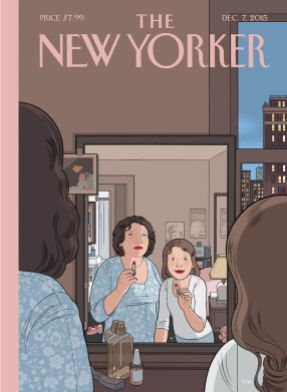“Multiverse Love” (2023), a Turbomedia webcomics composed for the lessons on ‘Innovative Webcomics’ for the course “Creative Writing: Experimental Graphic Narratives” at the International Program of the Faculty of Communication Arts, Chulalongkorn University (TH). Written by Napatsa, Prima & Hariswan; art by Phubet; script by Chayada; under the supervision of lecturer Nicolas Verstappen.
CHECK THIS SLIDE-SHOW:
The Turbomedia is a form of webcomics close to the slide-show where the reader remains in control of her/his reading rhythm (see Côme Martin (2017), “With, Against or Beyond Print? Digital Comics in Search of a Specific Status”, The Comics Grid: Journal of Comics Scholarship 7, 13). The Turbomedia technique allows to play with new forms of composition such as superimposing panels, or “by fragmenting them and progressively revealing one new panel (or part of it) at a time when users click or tap on the image” (see Giorgio Busi Rizzi (2023), “Digital Comics: An Old/New Form“, in: Maaheen Ahmed (ed.), The Cambridge Companion to Comics, Cambridge University Press, p. 116).























